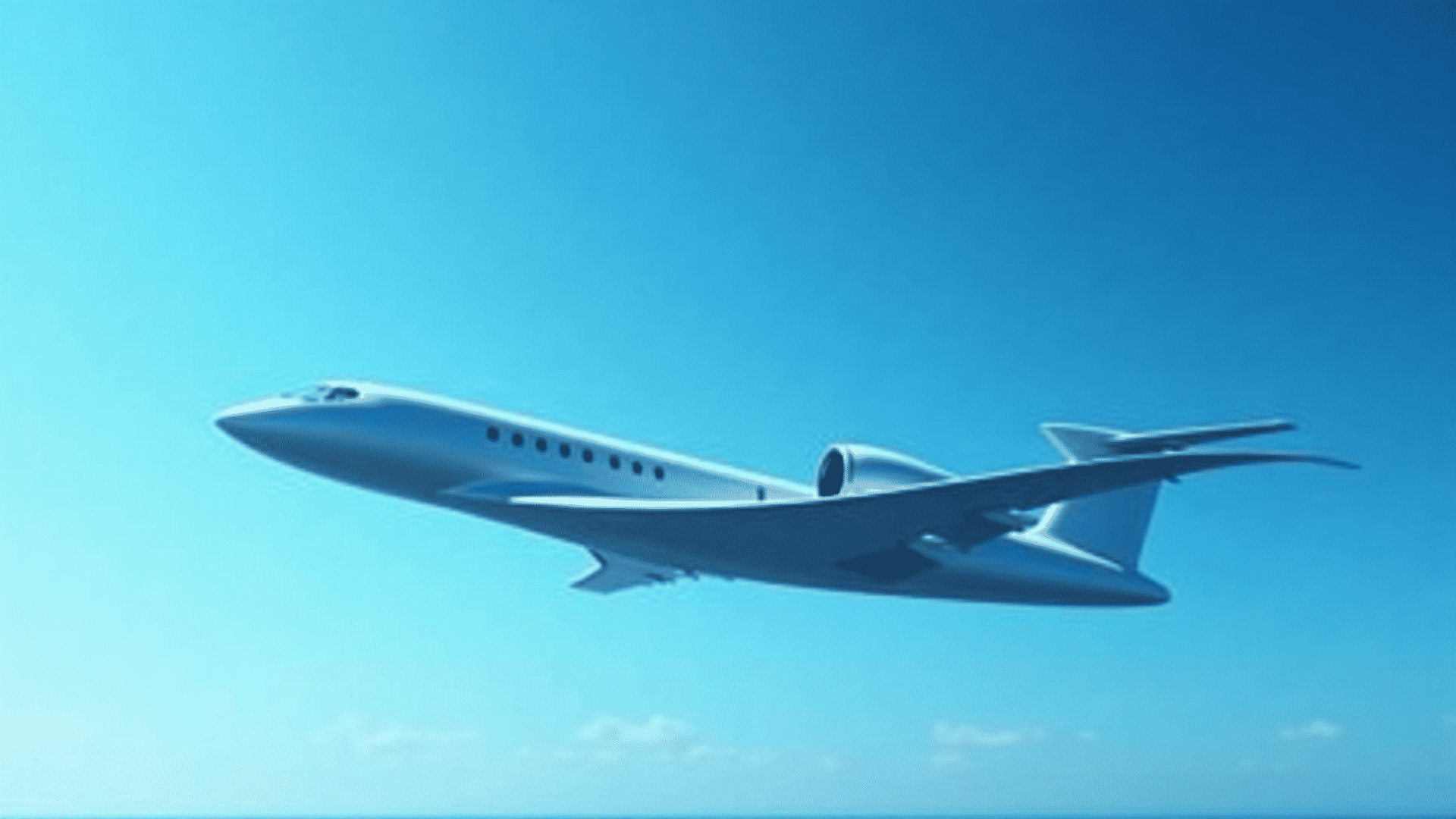In the ever-evolving landscape of aviation, the pursuit of innovation is relentless. Today’s aircraft manufacturers are tasked with creating designs that not only push the boundaries of technology but also seamlessly integrate performance, comfort, and efficiency. As environmental concerns grow and passenger expectations rise, the next generation of aircraft designs is poised to revolutionize the industry.
At the forefront of these advancements is the integration of cutting-edge materials and aerodynamics. Engineers are utilizing lightweight composites, such as carbon fiber and advanced alloys, to reduce the overall weight of aircraft without compromising their structural integrity. This reduction in weight leads to significant fuel savings, reduced emissions, and extended range, aligning with the global demand for more sustainable travel solutions.
Moreover, advancements in aerodynamics are enabling aircraft to achieve better performance with less energy. New wing designs, inspired by the agility and efficiency observed in nature, are being developed to reduce drag and enhance lift. These biomimetic approaches not only improve the aerodynamic profile but also increase fuel efficiency, further driving down the operational costs for airlines.
Beyond structural and aerodynamic enhancements, the focus on propulsion systems is critical in shaping the future of aviation. Hybrid-electric and all-electric propulsion systems are currently under development, offering a promising alternative to traditional fossil fuel engines. These systems aim to minimize carbon footprints, operate more quietly, and reduce maintenance costs, presenting a transformative shift in how we think about engine technology.
Passenger comfort is also taking center stage in the evolution of aircraft design. With increasing demand for a superior flying experience, next-gen aircraft are designed with spacious, flexible cabin layouts. Incorporating smart technology, these designs offer personalized experiences for passengers, such as adjustable lighting, enhanced in-flight entertainment, and seats that can morph to individual needs, ensuring that comfort is never compromised.
Additionally, the emphasis on connectivity is profound. Aircraft are now equipped with state-of-the-art communication systems, providing seamless internet access, real-time communication with ground teams, and enhanced safety features. These advancements not only cater to passenger needs but also aid pilots and crew in managing operations more efficiently.
Efficiency extends beyond the aircraft itself, impacting the entire ecosystem of air travel. Innovative designs are being developed with smarter airports in mind. Concepts such as electric taxiing systems and autonomous ground operations are being fine-tuned to minimize turnaround times, enhance safety, and reduce the carbon footprint of air travel as a whole.
The intersection of sustainability and technology is driving the next-gen aircraft design movement, with a clear vision for a more efficient, comfortable, and environmentally friendly future. These innovations reflect a commitment to unparalleled advancements in aviation, catering to the diverse needs of the modern traveler, and setting new standards for the industry. As these aircraft take to the skies, they promise to redefine the horizons of possibility, ushering in an era of smarter, greener travel for generations to come.
